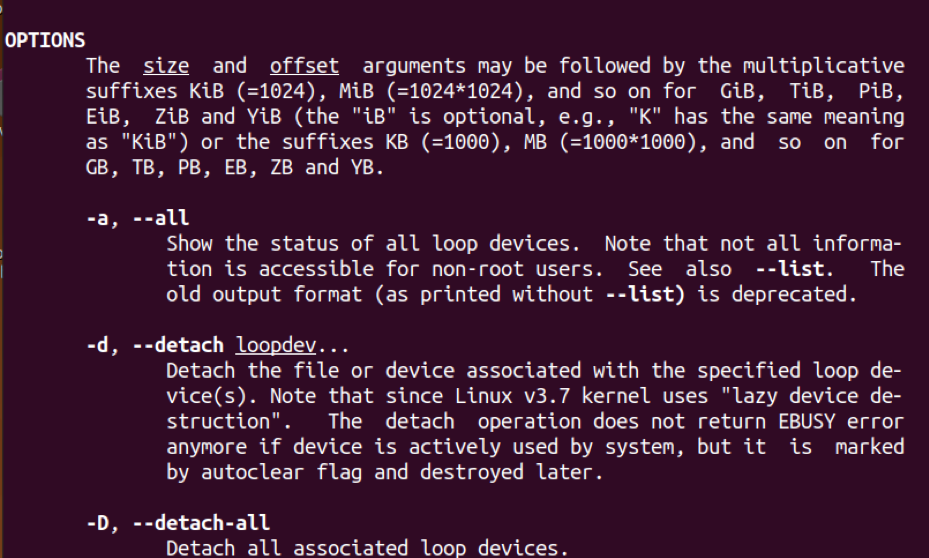What is the dev loop in Linux
In Unix and Linux-like operating systems, files are accessible as block files using loop devices. These devices have no concern with RAM occupation in the system. The dev loop is also termed as vnode disk (vnd) and loopback file interface (lofi).
The “/dev/loop” devices treat files with a filesystem image as if they were block devices. The loop devices are snaps because snap packages are created that way.
These files were containing a filesystem that is mounted to the location. It is an approach that developers use to pack an entire package in a single file, but the operating system access all the files. The approach used here is therefore known as loop mounts.
In the file system, there are extant files that must be connected with the loop device. This connection will provide the user an API and allows the user to configure the file instead of the block file.
To control and manage loop devices, there is a command-line tool known as “losetup.”
The “losetup” command-line tool is used to connect loop devices with the block devices. It helps to disconnect devices and check the query status of the dev loop. The syntax of the “losetup” command is:
Run the “losetup” command in the terminal without invoking any argument. It will show you the status of current loop devices:
For more information about losetup command-line utility, type the following command:


Conclusion
A loop device, or it can be termed as vnode disk (vnd), and loopback file interface (lofi) is a device that helps the computer file to access block devices. Before using the dev loop, the existing file in the file system must be connected to it.
The loop devices also help to elaborate the data during the redirection of files. If data is encrypted in the file system, the dev loop decrypted the original file data and mounted it as a standard file.
